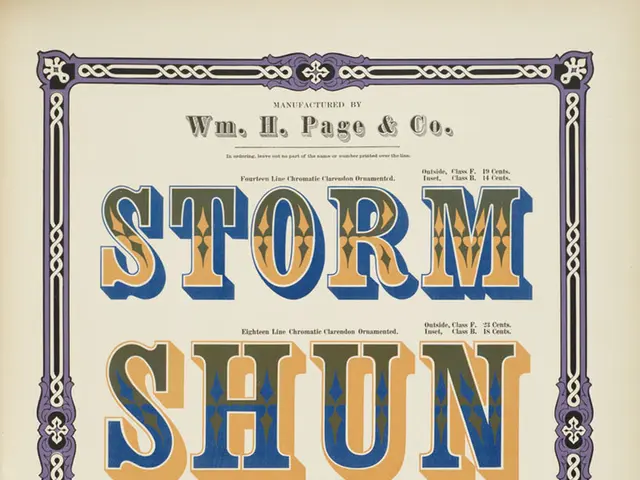Guide for Initial Developmental Edits Implementation
Feeling frustrated like you're lost in a maze trying to find helpful information on developmental editing? Well, you're not alone! I struggled with the same conundrum, but I've managed to tackle it and perhaps my experience can assist others in a similar predicament.
Six tips for newbies about to dive into developmental editing:
- Lay the groundwork: Armed with your editor's suggestions, whip up a checklist that organizes all the changes needed, with headings for sections and big-picture items. This list will serve as your trusty roadmap, keeping you focused and organized.
- Prioritize: Look at the big-picture items on the list and determine where it makes sense to make the changes. Add those changes as new items in each heading and jot down notes about how you'll blend the changes into that section of the story.
- Don't break the foundation: The tricky part was finding a method to seamlessly integrate the edits without compromising the existing solid foundation of the manuscript. In my search, I stumbled upon Jessica Brody's YouTube video, "How to Revise Your Novel Using the 'Frankenstein' Method." Trust me, it's a goldmine!
- The 'Frankenstein' method: This ingenious method involves having three documents open: the original document, a blank document, and your revision notes. You'll copy and paste the text you want to keep into the blank document, and, when you hit a revision note, you'll write the change and how you'll address it in brackets before moving on. Once you've completed all the text, go back through the story and "stitch" the bracketed areas into the narrative with prose, narration, and description.
- Embrace the ugly: Initially, I was trying too hard to make the revised prose match the narration style immediately; it was overwhelming and paralyzing. I let go of that perfectionism, started filling the bracketed areas with rough prose, and allowed myself to meander through character thoughts to figure out what they were saying. After figuring it out, I simplified the dialogue and trimmed it down to fit the narrative.
- Rest and revive: Filling in the revisions was physically and mentally exhausting, so I took a step back, worked on something less pressure-filled for a couple days, and then came back refreshed and ready to tackle the challenge.
- Validate your work: I had impostor syndrome looming, so I asked friends who had loved the initial draft to review the revised version and provide feedback. Thankfully, they came back and said the changes only made it stronger!
- Trust your gut: With so many suggestions coming in, it can be hard to know which ones are right for your manuscript. In the end, it's up to you to decide what revisions are best. Don't be afraid to discard suggestions that don't feel right for your story.
- Learn and grow: Once the process is complete and you've gotten great feedback, you'll have a better idea of your long-term process for future developmental edits. Happy revising!
Wishing you the best on your developmental editing adventure! Let me know in the comments any tips or tricks you've learned that have helped you in the process. Good luck!
Engaging in developmental editing can be a challenging yet rewarding journey. To supplement your education-and-self-development, consider learning the 'Frankenstein' method, a powerful approach that assists in seamlessly incorporating edits without disrupting the manuscript. This technique involves organizing revisions in brackets and blending them back into the narrative later.








